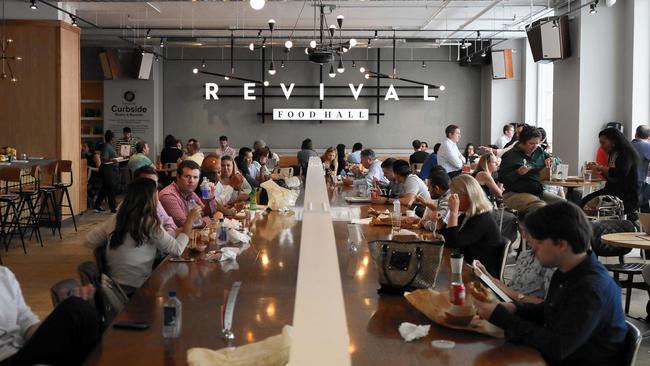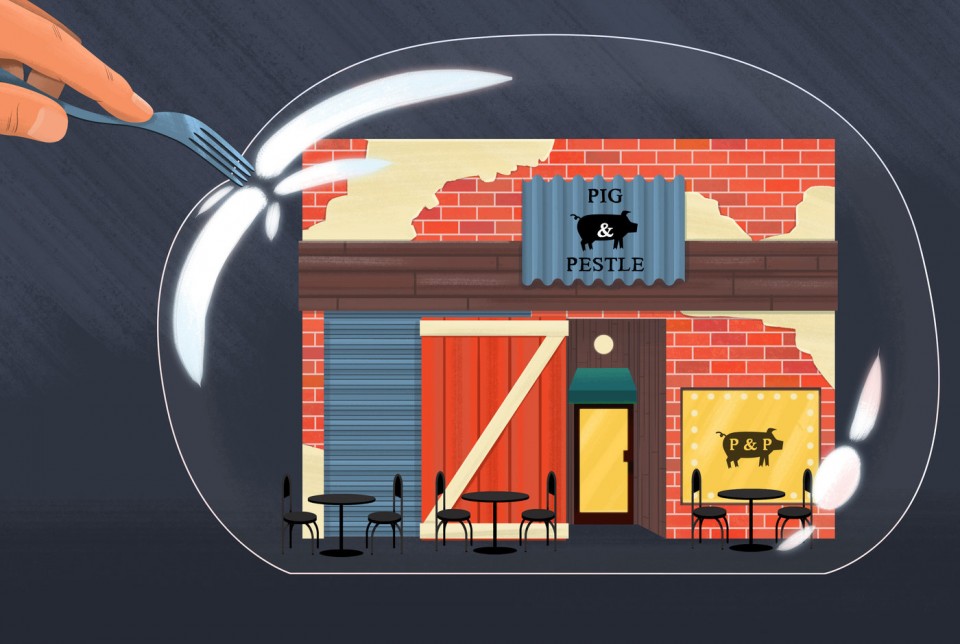
Jun 16, 2017
Samantha Bomkamp | Chicago Tribune | June 16th, 2017
Chicago has always been a food town. Now, it’s becoming a food hall town.
Food halls — the modern, upscale, urban reincarnation of the humble mall food court — have opened in the Loop and nearby neighborhoods in recent years, and experts say their growth in the Windy City has just begun.
Why are food halls all the rage? They’re a representation of where the restaurant industry as a whole is going: Boutique. Local. Instagram-able. They fulfill consumer demand for quick and diverse food options, with a curated set of both popular restaurant outposts and newcomers.
While the traditional mall food court has a group of fast-food options aimed at helping shoppers recharge, a food hall is made to be the whole show, a destination in and of itself with a cohesive, sleek design intended to elevate the experience beyond a grab-and-go lunch from a national restaurant chain.
“They are a destination. They bring excitement,” said Doug Roth, founder of Playground Hospitality, a restaurant consulting firm. “Panda Express just can’t do that.”
Already widespread in New York and Los Angeles, there are about 35 to 40 food halls in the U.S., industry consultant Aaron Allen said, and just a handful of those are in Chicago. He estimates there could be as many as 200 across the country in just three years.
CONTINUE READING

Jan 3, 2017
By: Kevin Alexander | December 30, 2016 | thrillist.com
AS SOON AS HE WALKED THROUGH THE DOOR, Matt Semmelhack knew it was over. He’d been away from his San Francisco restaurant AQ for less than a week, but when he got back, it just felt different. It went beyond the usual concerns of the modern restaurateur. “I wasn’t worried the lights were properly dim, or the regulars were in the right booths,” he says. Instead, Semmelhack was just looking at his staff — people he hangs out with on weekends, people whose livelihoods he supplies, some of his closest friends — and all he could see was the money each one of them was costing him, flashing in front of him like a video-game score. “I knew right then,” he says, “we had to shut it all down.”
Semmelhack is not the only restaurateur looking to duck and cover. The American restaurant business is a bubble, and that bubble is bursting. I’ve arrived at this conclusion after spending a year traveling around the country and talking to chefs, restaurant owners, and other industry folk for this series. In part one, I talked about how the Good Food Revival Movement™ created colonies of similar, hip restaurants in cities all over the country. In the series’ second story, I discussed how a shortage of cooks — driven by a combination of the restaurant bubble, shifts in immigration, and a surge of millennials — is permanently altering the way a restaurant’s back of the house has to operate in order to survive.
This, the final story, is simple: I want you to understand why America’s Golden Age of Restaurants is coming to an end.
To do that I’m going to tell the story of the rise and fall of Matt Semmelhack and Mark Liberman’s AQ restaurant in San Francisco. But this story isn’t confined to SF. In Atlanta, D.B.A. Barbecue chef Matt Coggin told Thrillist about out-of-control personnel costs: “Too many restaurants have opened in the last two years,” he said. “There are not enough skilled hospitality workers to fill all of these restaurants. This has increased the cost for quality labor.” In New Orleans, I spoke with chef James Cullen (previously of Treo and Press Street Station) who talked at length about the glut of copycats: “If one guy opens a cool barbecue place and that’s successful, the next year we see five or six new cool barbecue places… We see it all the time here.”
CONTINUE READING


